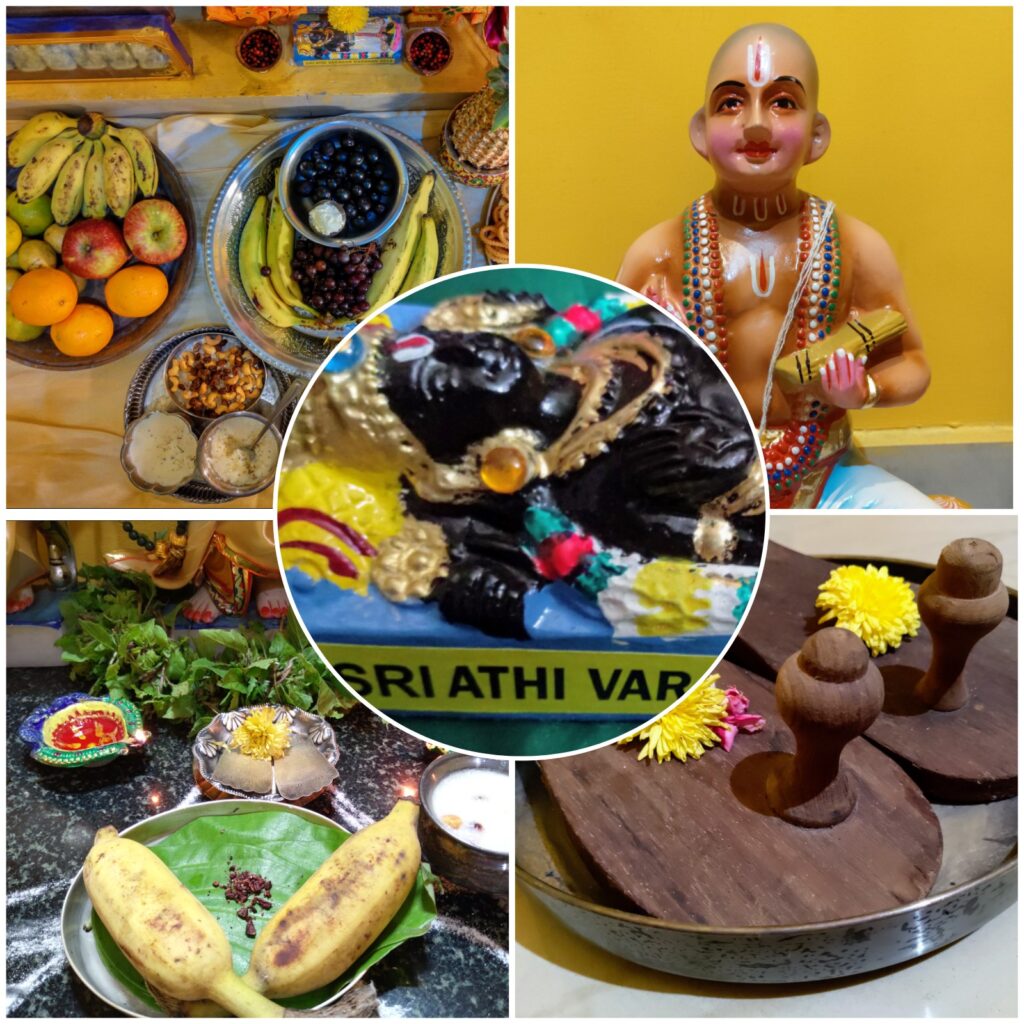Do the inhabitants of Vaikuṇṭha have desires (or only God’s ones)? Veṅkaṭanātha’s Nyāyasiddhāñjana 174–6 seems to suggest that they can will:
In the same way, Ananta and Garuḍa and the other (permanently liberated souls) and the liberated souls assume this or that form based on their will.
(tathā anantagaruḍādīnāṃ muktānāñ ca icchākṛtatattadrūpam).
But their will, is it an individual will or the same will repeated for each of them? Possibly the latter. Let me explain by elaborating on a different topic, namely that of tedium in heaven.
Christopher M. Brown (Brown 2021) suggests that “our experience of boredom in this life is in fact reflective either of the timeboundedness of the goods that are central to human experience in this life […] or the nature of time as we experience it in this life” (p. 420). This is probably true, which tells us that the experience of superhuman beings in heaven is radically incomparable with ours. Can it be nonetheless desirable?
Brown does not address this concern directly, but tries to make examples of goods that could be experienced in heaven and that we can conceive as being goods, thus implicitly suggesting that heaven can be desirable. For instance, he speaks of “the natural human desire for knowledge of creatures is perfected in the greatest way logically possible” (p. 421). But is knowledge desirable per se? Don’t we prefer to gain knowledge? Don’t we enjoy the process of learning and discovering? Thus, the example of knowledge does not make sense as a case of a pleasure human beings can analogically relate to. Rather, it is a case of participating in God’s nature. And happiness in heaven is “excessive” according to Brown, who is here quoting Thomas Aquinas (who, in turn, seems to be pointing to something similar to what Veṅkaṭanātha had in mind). But if this all applies, people in Vaikuṇṭha or heaven are necessarily very different than people on earth (who had specific desires and limited knowledge). In which sense could they be said to retain their “personality”? And if this is not retained, how desirable can heaven be, for us, who are attached to our personalities? Brown addresses this concern indirectly (pp. 424–425) by suggesting that there can be radical changes in one’s personality while retaining one’s numerical identity with oneself (as in the case of Augustine’s conversion or in the case of people surviving a suicidal attempt and desiring to live). Brown then goes on interpreting Thomas as saying that grace does not destroy human nature, but perfects it, preserving personal identity through the transformation. At the end of the process, human beings (who cooperate with the action of grace) in heaven will be a deified nature and deified rational powers of intellect and will. Brown thinks that ordinary human beings can have a foreshadow of this experience through contemplation, that leads to a sort of timeless experience. A further evidence of this possibility is the life of saints, who seem to have experienced this sort of experiences within their earthly life. In other words, if many of us think that heaven (or Vaikuṇṭha) is unappealing, this might mean just that we are unprepared for it. Fortunately, this unpreparedness can be addressed (through a further rebirth or through purgatory). Should not it be possible to continue improving even in Heaven/Vaikuṇṭha? That would surely be an antidote to boredom, but it appears to clash with the idea of heaven/Vaikuṇṭha being a perfect world, a kingdom of ends.
As for Vaikuṇṭha and the risk of getting boring, possible solutions are:
1. Being in nityakaiṅkārya `perpetual service to God’ is your nature and this is intrinsically appeasing, so, there is no way it can ever get boring.
2. You share sābhogya `same experience’ with God, so there is dynamism implied (since you continue having interesting experiences).
Joining this with Brown’s discussion of tedium, the solution to the problem of boredom can consist in any of the following ones:
a. Ability to help others (including God Himself, as in 1. above)
b. Loss of identity (as implied by 2. above)
c. Gradual transformation of identity (as in Brown)
b. and c. are very relevant for us here. Even if people can retain their numerical identity with their lives on earth, are they still qualitatively distinguishable from each other? Are their thoughts distinguishable? Them not having distinguishable thoughts offers a neat explanation of their being perfect devotees and is completely compatible with omniscience. The risk of tedium would be eliminated through the fact that such perfect beings would have no independent desires and thus no independent feelings, including no boredom.
Summing up, one possibility is (with hypothesis b.) that boredom is impossible because there is no one experiencing it (but is it really something one can aspire to? and, more relevant, this cancels the possibility of service, which is clearly a building block of Vaikuṇṭha according to Viśiṣṭādvaita Vedānta authors).
A different possibility needs retaining the variety of personalities even among liberated souls: the infinite variety of sensations (as in 1.). Would not they themselves become boring? No, if they are shared with dear people (hence the importance of a community in Vaikuṇṭha) and if one serves (since serving is one’s true destiny and since one is never bored of helping). Hence, again, the importance of a community and hence explained the insistence on other people welcoming one to Vaikuṇṭha. One will oneself soon be part of that group.

